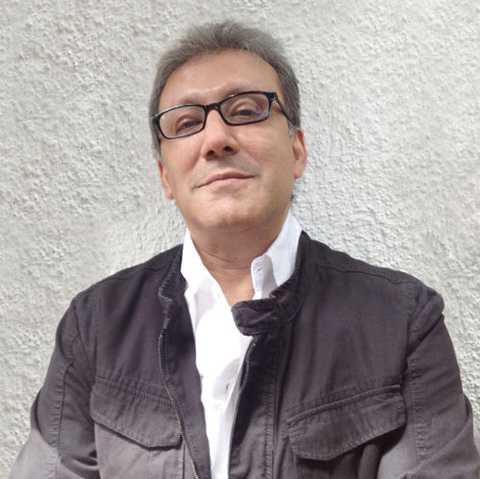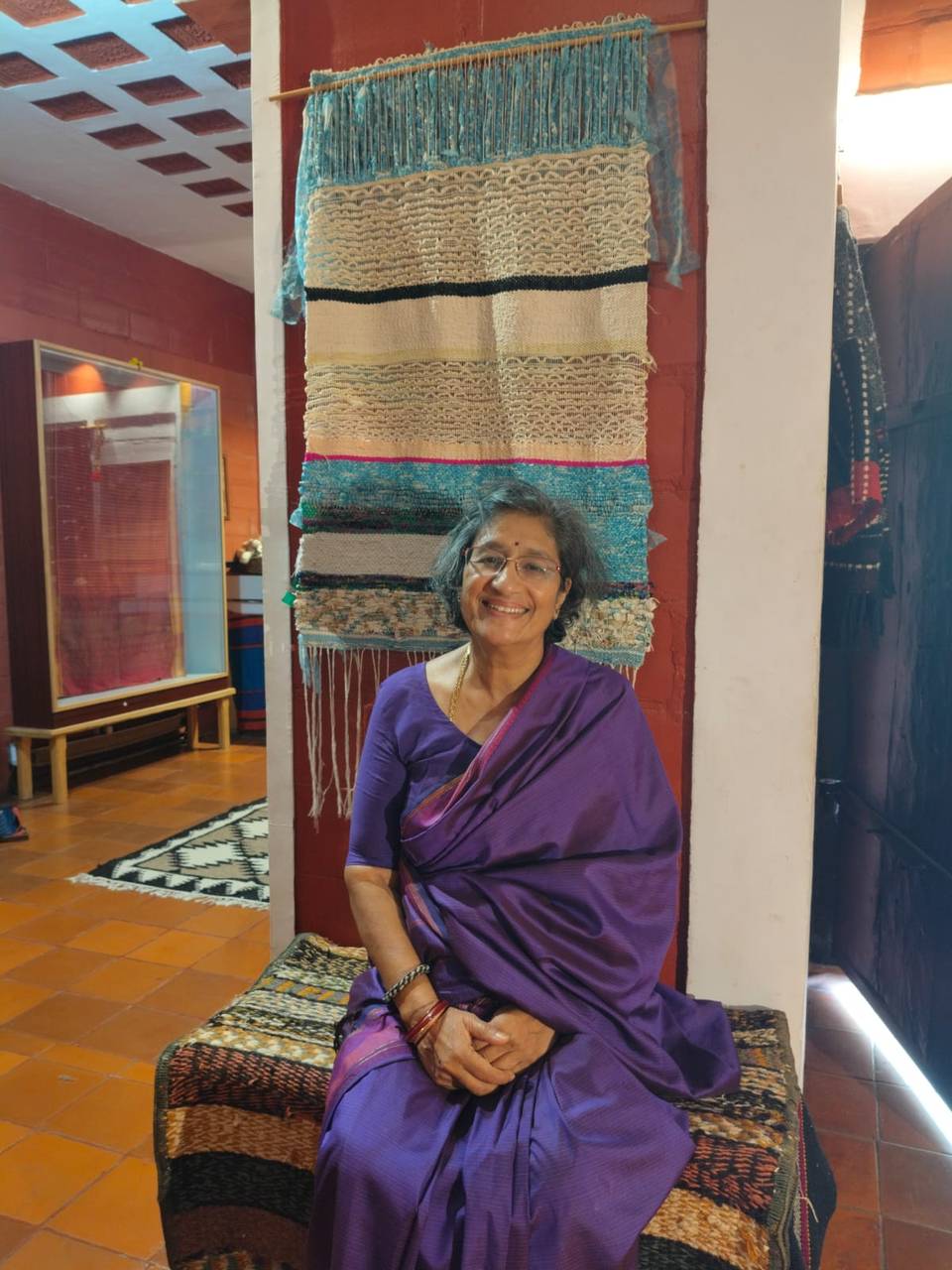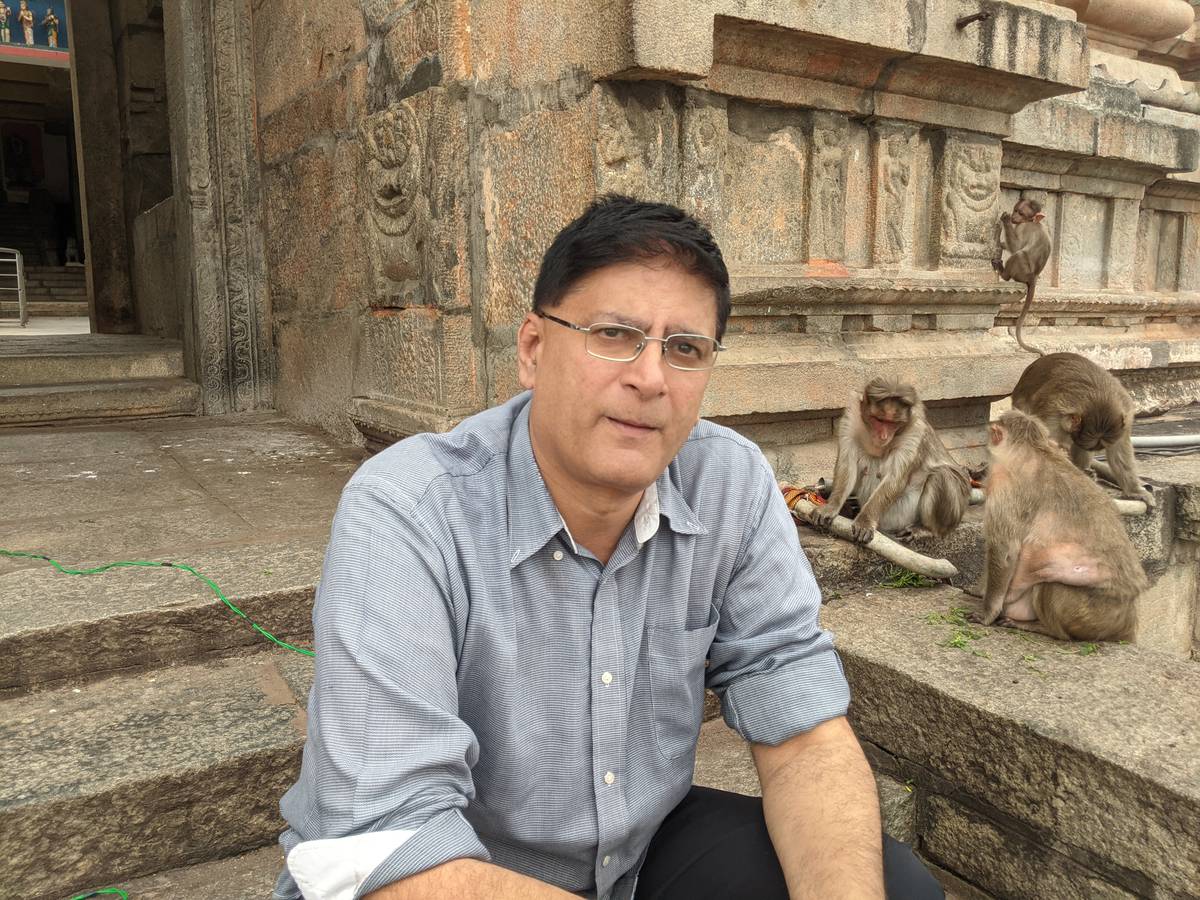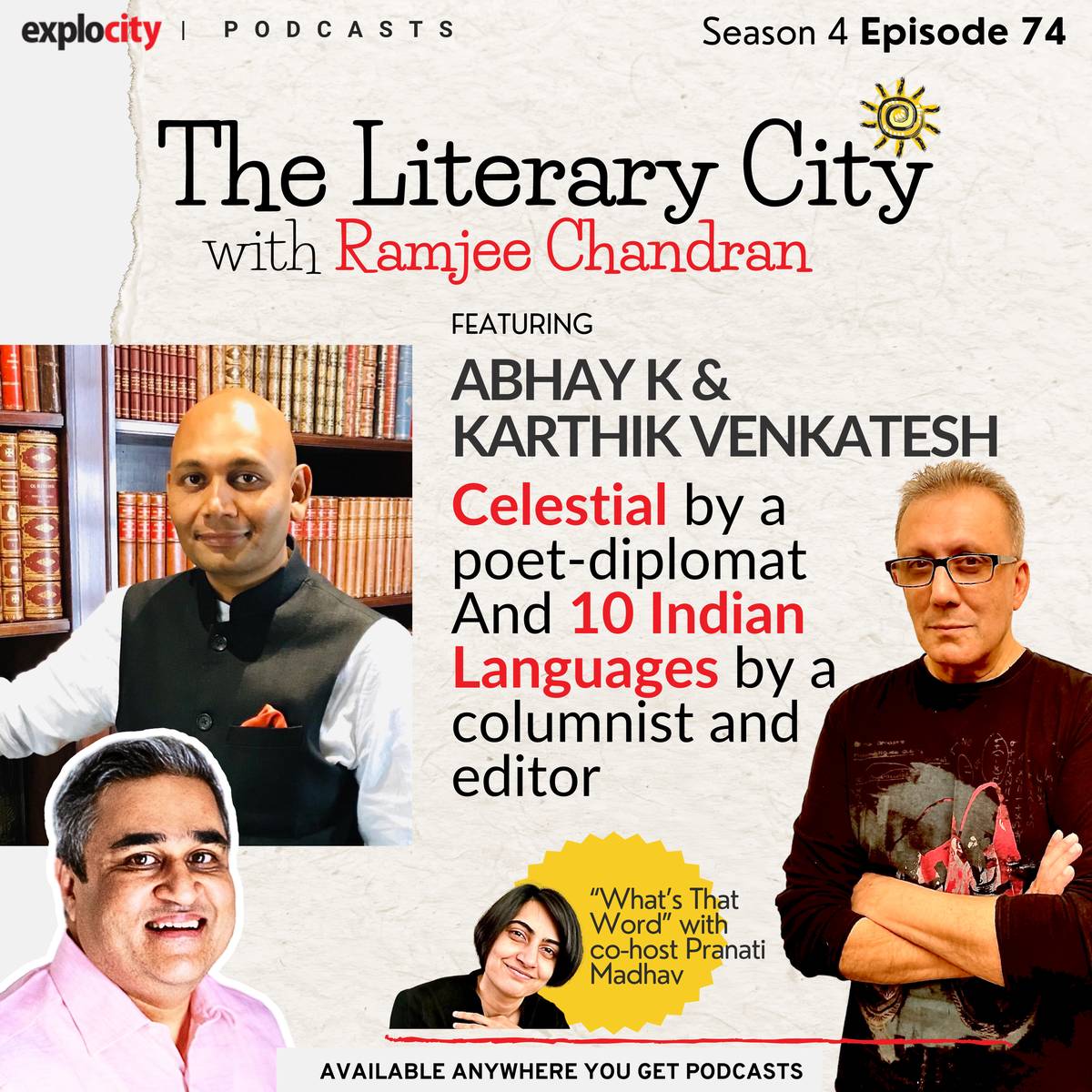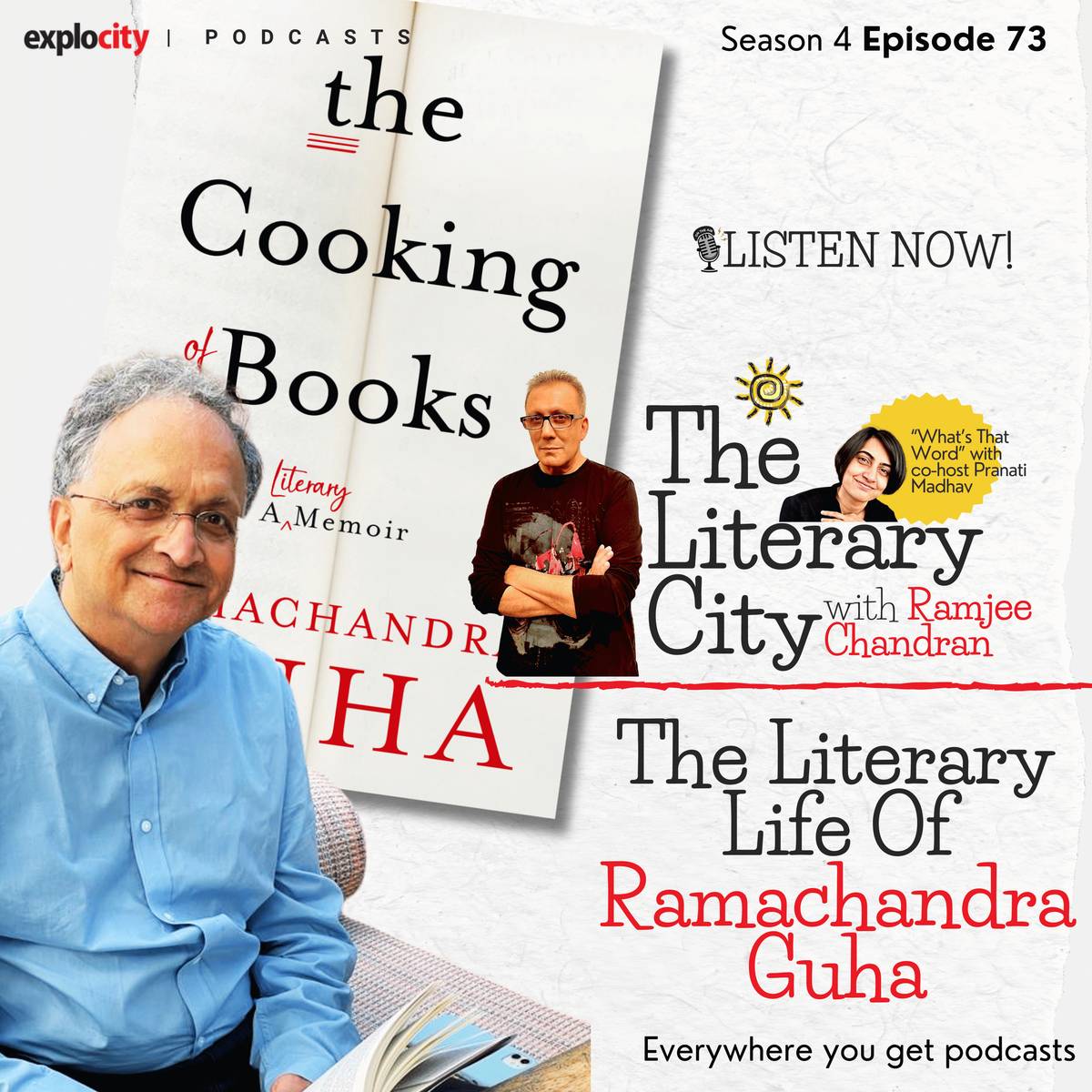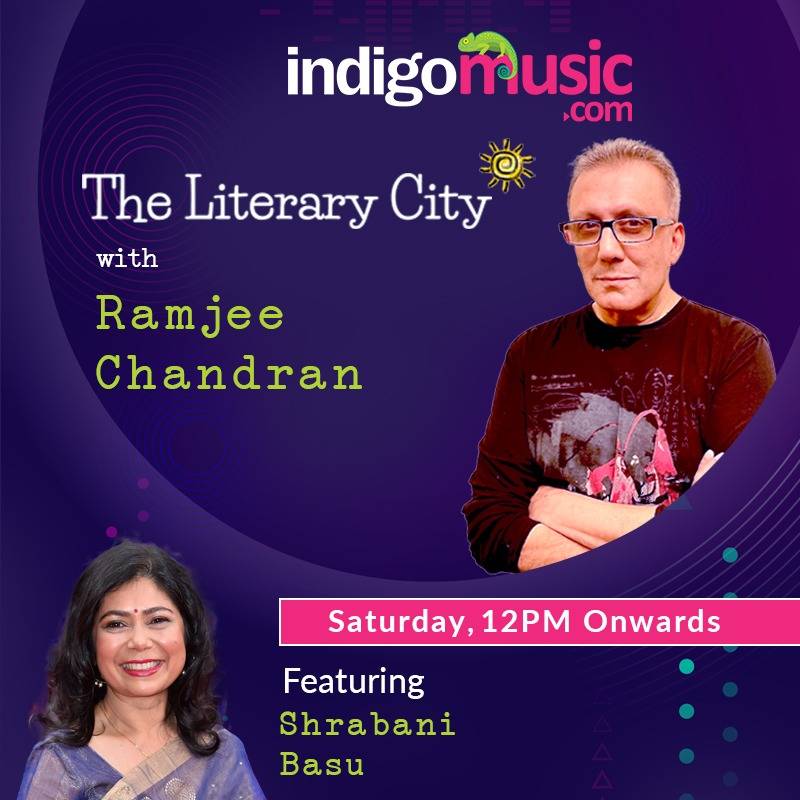Wadiyar Of Mysore The Maverick Maharaja With Deepti Navaratna
The Maharajas of Mysore—many of them—have pursued the arts themselves. The most notable among them being Jayachamarajendra Wadiyar—the last Maharaja of Mysore before his kingdom acceded to the Union of Indian states in 1947. He was a thinker, a published philosopher, a patron of the arts—but importantly, he, a patron without bias.
Sep 07, 2022, 10 30 | Updated: Sep 07, 2022, 10 30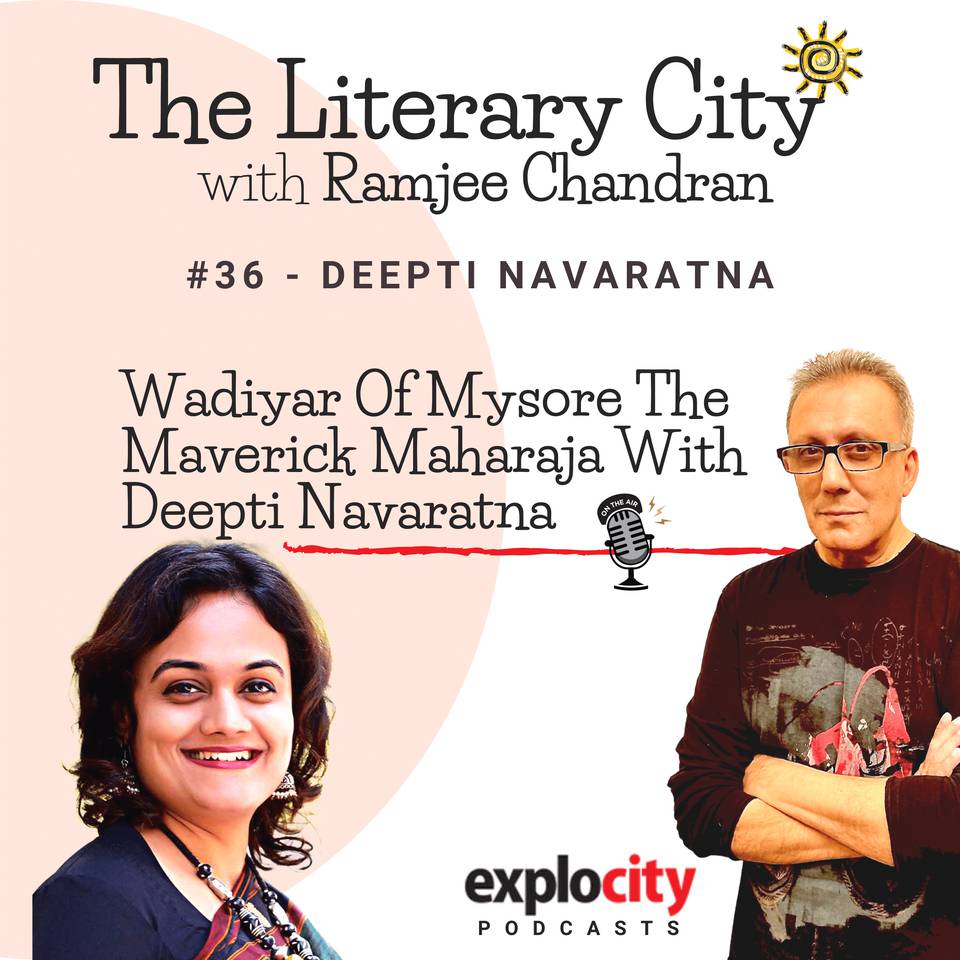
Historically and traditionally, the arts have enjoyed the patronage of kings.
We all know that culture broadens minds. It’s an important basis by which society finds expression and happiness. So it is in the larger common good that culture has been encouraged. It binds a society and gives it an identity. And a personality. And sets up the basis for cultural interaction with other societies.
People like kings patronise the arts to allow its exponents the freedom to live in their minds and pursue their muse. Musicians, dancers, artists, dramatists and storytellers have enjoyed the patronage of the palace.
The Maharajas of Mysore—many of them—have pursued the arts themselves. The most notable among them being Jayachamarajendra Wadiyar—the last Maharaja of Mysore before his kingdom acceded to the Union of Indian states in 1947. He was a thinker, a published philosopher, a patron of the arts—but importantly, he, a patron without bias.
While there is a rich legacy of Carnatic music patronised by him, Wadiyar fulfilled the last wish of legendary composer Richard Strauss. This is a little known fact.
In 1950, he sponsored a performance at the Royal Albert Hall, by London’s Philharmonia Orchestra led by German conductor Wilhelm Furtwängler and with soprano Kirsten Flagstad singing Strauss's final composition, Four Last Songs.
The Maharaja was an accomplished musician too. Schooled in Carnatic and Western classical music, he tried to make meaning of the two forms and worked tirelessly to find a blend—later admitting that is was difficult. (As a musician, I want to say that unfortunately too many musicians have been pitiless in this pursuit.)
Chronicling this unusual Maharaja is my guest today, Deepti Navaratna, author of an unconventionally structured biography of Wadiyar, titled The Maverick Maharaja.
But as I researched her, I realised that she is unusual. By my reckoning, she is a wonderful Carnatic singer. And she is a neuroscientist, which means she is licensed to dissect brains in a laboratory.
Scientific research is a linear and process driven discipline and conclusions are reached by goals and planned milestones. Surprises are often not welcome. The other side of her, is music. And the point of musical composition is to defy linearity while sticking to a framework of rules and conventions. The point of music is surprise.
Maybe the two are connected. And maybe it takes a maverick to make the connection. Let’s find out.
ABOUT DEEPTI NAVARATNA
A musician and neuroscientist, she served as the Regional Director, Indira Gandhi National Centre for the Arts. She directed the centre’s research, academic and outreach activities at the intersection of arts and sciences. She is currently the TV Raman Pai Chair of Excellence and Professor of Humanities at the National Institute for Advanced Studies, Bangalore.
Buy The Maverick Maharaja: https://amzn.to/3ALLovE
The Mysore Anthem composed by the Maharaja of Mysore, JC Wadiyar and imagined by Dr Deepti Navaratna: https://youtu.be/axLDJ-HtQIc
WHAT'S THAT WORD?!
Co-host Pranati "Pea" Madhav joins Ramjee Chandran in "What's That Word?!", where they discuss the word "MAVERICK".
WANT TO BE ON THE SHOW?
Reach us by mail: theliterarycity@explocity.com or simply, tlc@explocity.com.
Or here: https://www.facebook.com/groups/theliterarycity
Or here: https://www.instagram.com/explocityblr/
